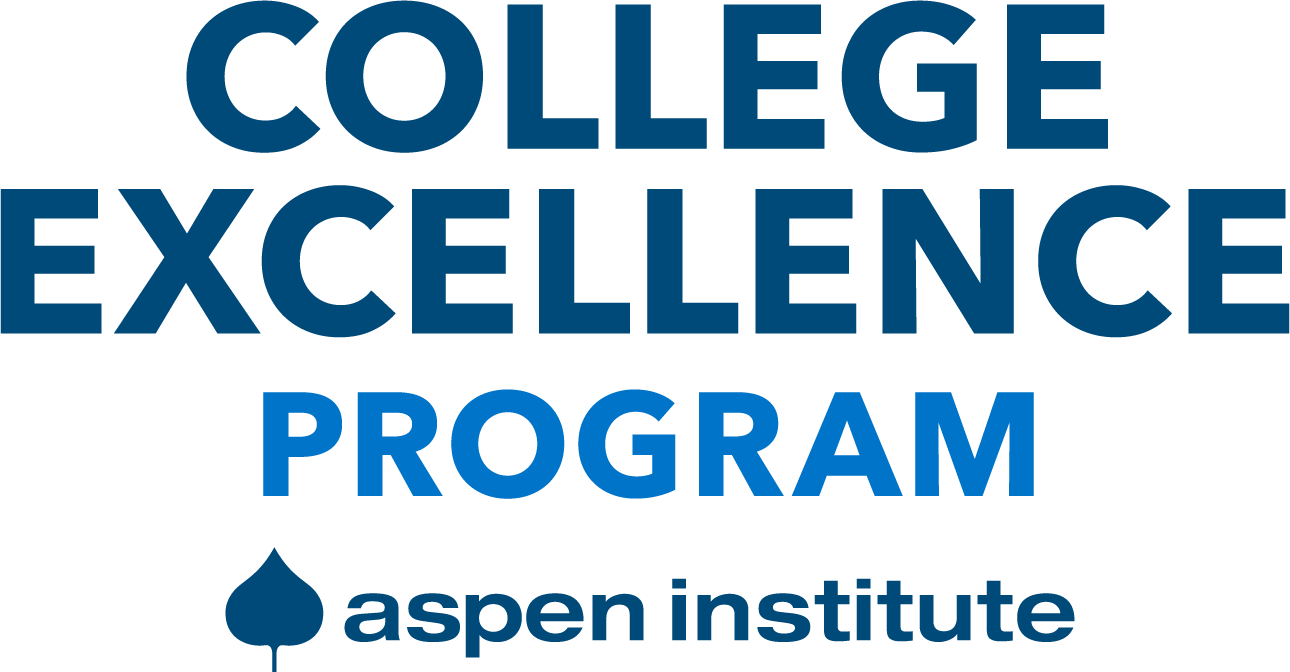
Presidents Fellowship Institutional Capacities Assessment Tool
The items in the following assessment tool reflect statements of strong institutional capacities at colleges that achieve high and improving levels of success for students while in college and after graduation. Organized into three domains of practice, the assessment tool asks you to rate your perception of the current status of several items in each area at your institution. Once complete, your institution’s president will receive summaries of scores across each area, providing a summary picture of areas where your institution may need to invest additional strategic effort, in addition to identifying strengths. The president will not have access to which response was provided by you or others who complete the assessment.
In this assessment tool, the term “student success” has the following meaning:
- Success in college: Students (1) learn and (2) complete credentials.
- Success after college: Students (1) get good jobs and/or (2) transfer and attain a bachelor’s degree.
- Equitable outcomes and access: For Black, Hispanic, Indigenous, and low-income students, the college ensures high absolute rates and minimizes gaps in (1) learning and completion outcomes for students in college, (2) transfer and workforce outcomes for students after college, and (3) enrollment of different demographic groups relative to the college’s service area.
Directions: Assess the extent to which your college engages each of the following practices, according to the scoring rubric.
